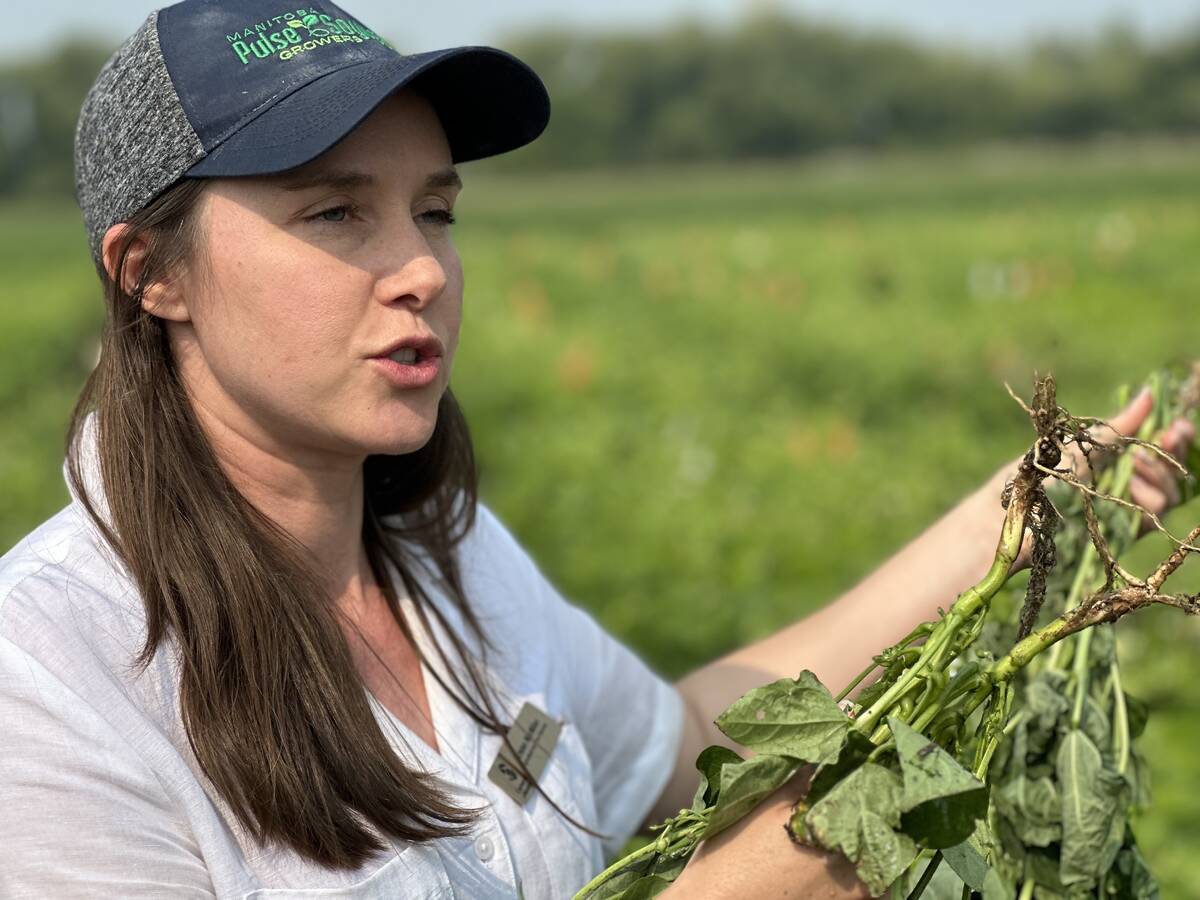Crop Production Week | The Saskatchewan centre will be Bayer CropScience’s first direct involvement with wheat in Western Canada
Bayer CropScience is planning to establish a new wheat breeding centre in Saskatchewan.
Bayer spokesperson Rod Merryweather said the centre will be based in the Saskatoon area and will develop new wheat cultivars suited for western Canadian growing conditions.
The company has already hired a lab technician for the centre and is in the final stages of hiring a full-time wheat breeder.
Additional staff members will be added over the next few months.
Bayer now grows early generations of wheat crosses at its greenhouses at Innovation Place in Saskatoon.
Read Also

Lower nitrogen rates in dry beans could pay off for farmers
Manitoba research is testing whether reduced nitrogen fertilizer in dry beans can maintain yields while cutting costs and lowering greenhouse gas emissions.
Outside test plots will be established this spring to multiply plants and allow for selection of the most promising material.
“We will have a breeding station in Canada in the next few months … if things go as planned and that breeding station will be located here in the Saskatoon area,” Merryweather told delegates at the Saskatchewan Seed Growers annual meeting.
The wheat centre is Bayer’s first direct involvement in Canadian wheat breeding.
The company already has a canola breeding facility northeast of Saskatoon and has dedicated wheat breeding facilities in Europe, Australia and the United States.
Merryweather said the company sees considerable growth potential in the North American wheat industry and will continue to expand Canadian wheat breeding efforts over the next few years.
“This will be a progressive (investment) so initially, we’ll probably have three or four employees specifically in wheat this year and that will expand over the years,” he said.
“Probably a full-fledged wheat breeding program is 15 to 20 people, approximately, but that might take us three or four years because … we’ll have to build the facilities and everything else.”
Internationally, Bayer has been ramping up participation in wheat breeding and cereal trait development over the past few years.
It has already established partnerships with a variety of wheat breeding and cereal research programs around the world.
Those partnerships will allow the company to collaborate with existing wheat breeding programs and build on work that has been conducted at publicly funded institutions in key wheat producing countries.
The company’s Canadian program will use germplasm from a variety of sources, including varieties that have been developed by Agriculture Canada and the University of Saskatchewan’s Crop Development Centre.
Bayer will focus on crossing that material and developing cultivars that can be used a platform to deliver advanced agronomic traits that will produce higher wheat yields for prairie growers.
“We believe that traits are going deliver a tremendous value to wheat through enhanced yields, and the areas we’re looking at are input traits like nutrient use efficiency, abiotic stress tolerance and things like that,” Merryweather said.
“We believe we have the base now and the research collaborations that will allow us to introduce our traits into the marketplace on a global basis.”
A wheat breeding centre is the first step in a long-term investment in the western Canadian wheat industry.
Commercialization of Bayer’s first Canadian wheat varieties is not expected to occur for a decade or so.
“Traits will not happen tomorrow,” Merryweather said.
“We don’t believe we’ll see these traits for about a 10-year period and so that’s why we’re interested in developing our wheat breeding program immediately because it will take us six to 10 years … to develop an effective breeding program that we can then put these traits into to deliver that value to the marketplace.”















